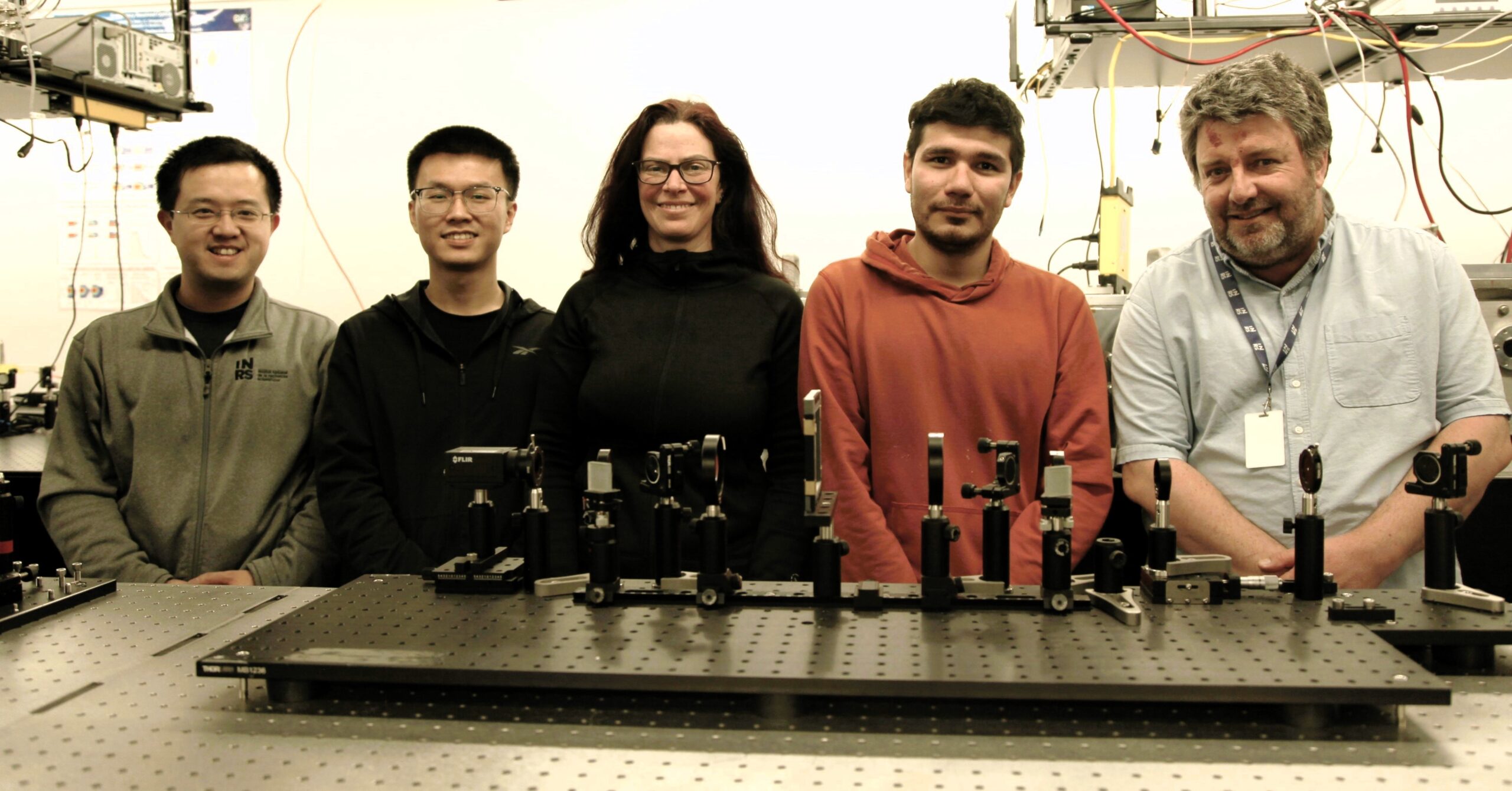Is bigger always better?
That is a question that has been asked for a long time. When it comes to business, there are arguments on both sides of this issue. Big businesses can dominate a market. They can become so big that they push out or acquire all competitors, and control what people can get and how much they pay for it. In the interest of the public, governments have historically stepped in and broken up these monopolies.
AT&T in the 20th century is an example of a company that had grown too large in many people’s eyes. By the 1980s, the government stepped in to break up the company and its different divisions. While many attribute the wild success of the telecommunications industry over the last 30 years to the breakup of AT&T and deregulation in general, I argue there are unforeseen consequences, such as the essential demise of one of the greatest innovation hubs the world has ever seen, Bell Labs.
Bell Labs
Bell Labs began as Volta Laboratory and Bureau. This was a company started by Alexander Graham Bell in the 19th century. This company was a division of the AT&T Corporation. As a part of this company, Bell Labs had access to nearly unlimited resources, with over 15K employees; 1,200 of which held PhDs, and an estimated annual budget of $5Bn in today’s dollars! The output from these resources is nothing short of remarkable. These include inventions and commercial development of such things as the long distance telephone call, transistor, solar cell and laser, and new fundamentals of science such as information theory.
Interestingly enough, achievements also included fundamental advances in science, such as Millikan’s oil drop experiments to measure the charge of an electron. Bell Labs had several key elements that drove its relentless execution of technology innovation. These elements are, access to the best minds in the world, decades of legacy domain knowledge, and staying power to continue to invest over the long haul. Many times, the research required significant capital investment that could take 30 years to generate a return, if at all. Without a doubt, the backing of the AT&T monopoly pouring billions into the Labs efforts was critical.
The Future
In the 21st century, we will collide head on with the challenges of climate change and carbon-based energy sources. The question that many people are asking now is, Can the Labs be replicated to tackle these challenges? The answer is multifaceted, and will require further reflection, and another post!
However, for now, the obvious challenges are amassing the sheer amount of capital, and the discipline to deploy that capital in long term investments, measured in decades instead of months, required to achieve the Bell Labs-esque results of the past. Companies the likes of Apple, with $150 Bn+ cash on hand could be a good start, although, I have a hard time imagining investors would stomach burning billions on the fundamental research of nuclear fusion, arguably a contemporary version of Millikan’s oil drop experiments.
**I was inspired to write this post after I read Jon Gertner’s, The Idea Factory: Bell Labs and the Great Age of American Innovation






